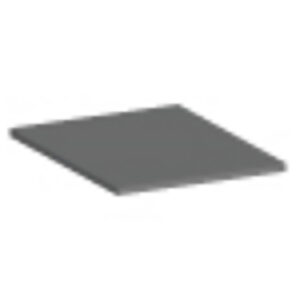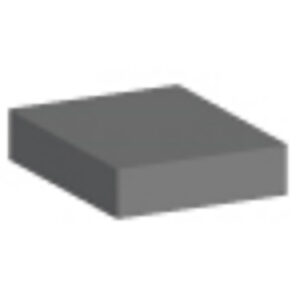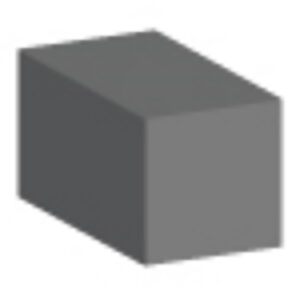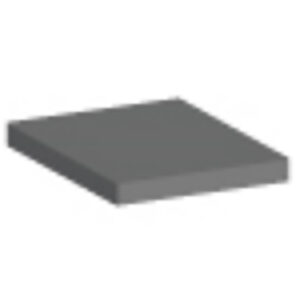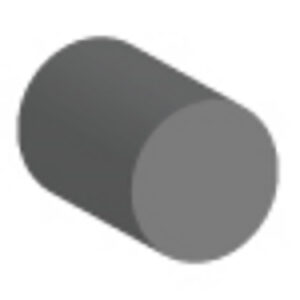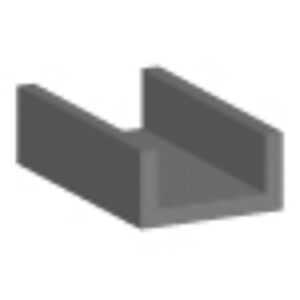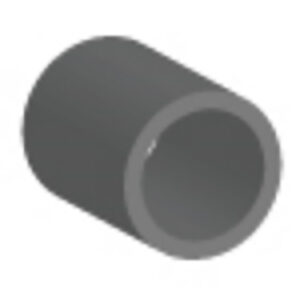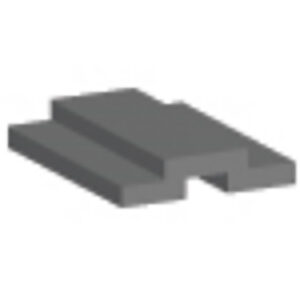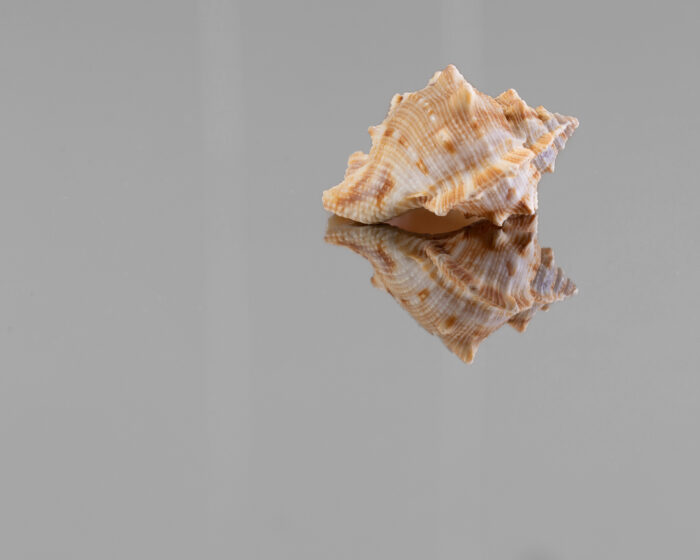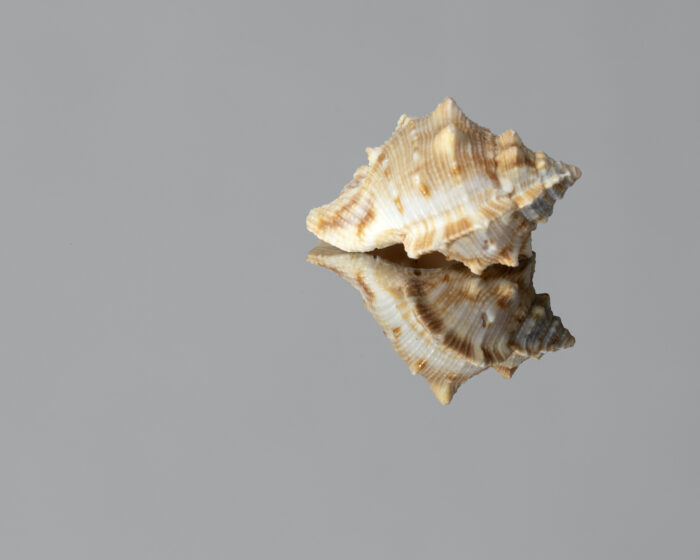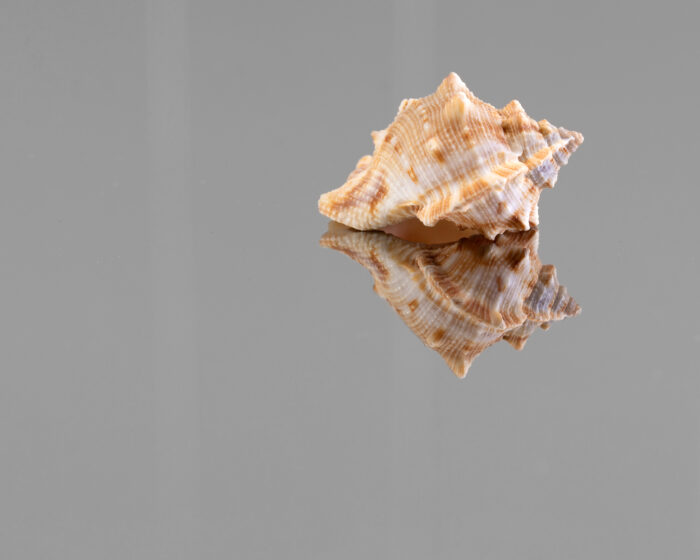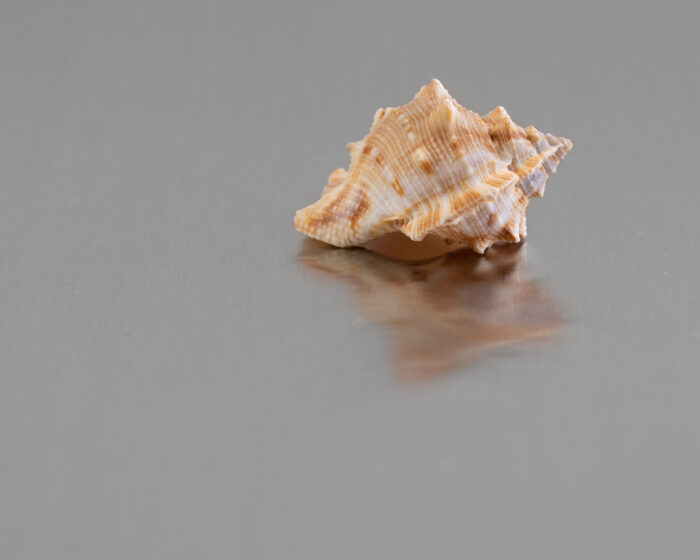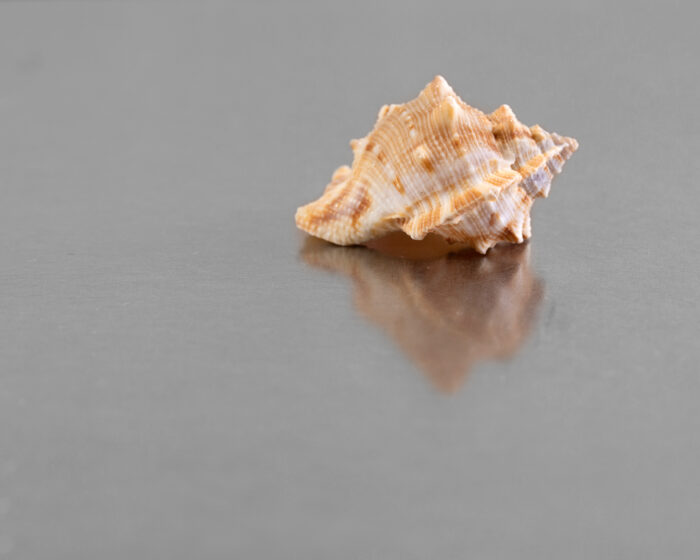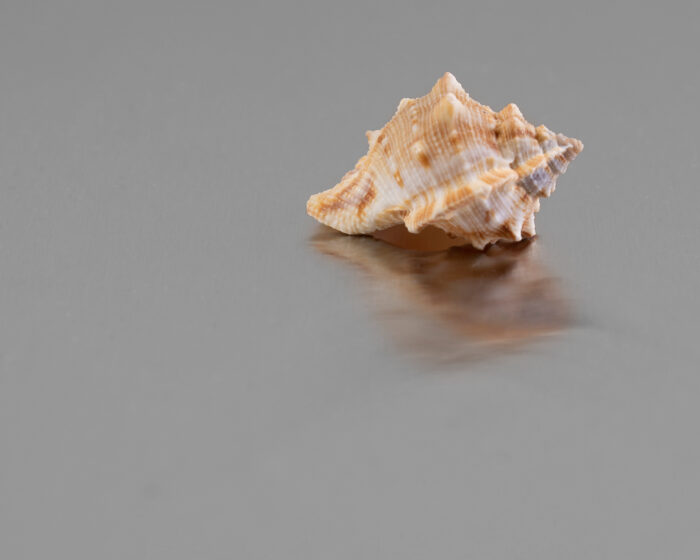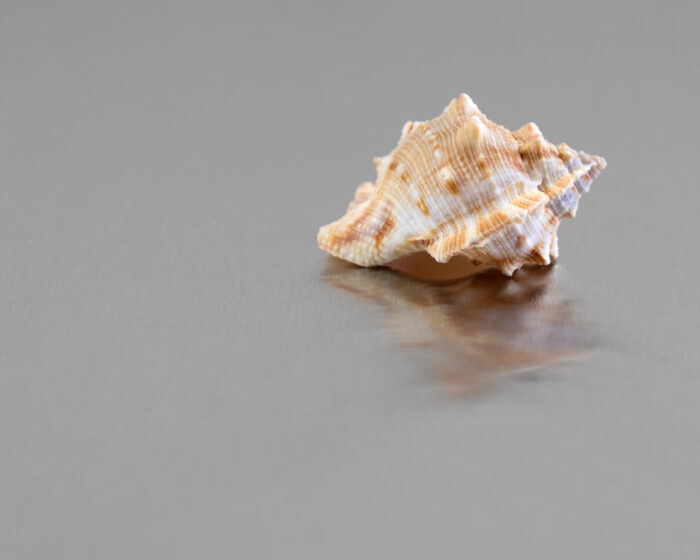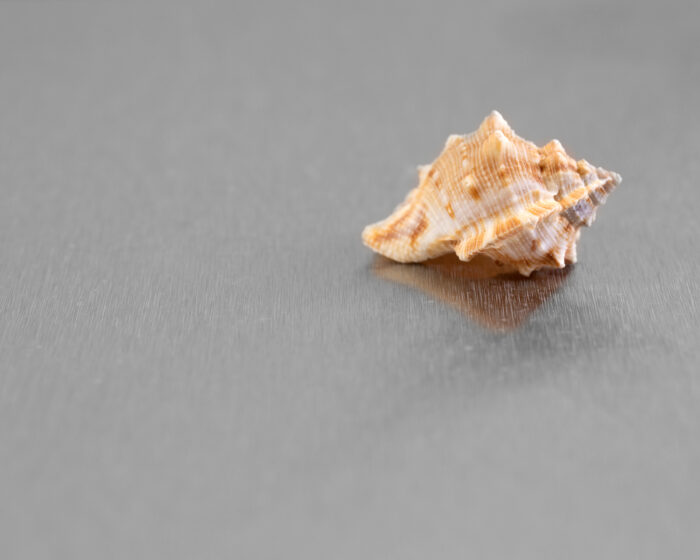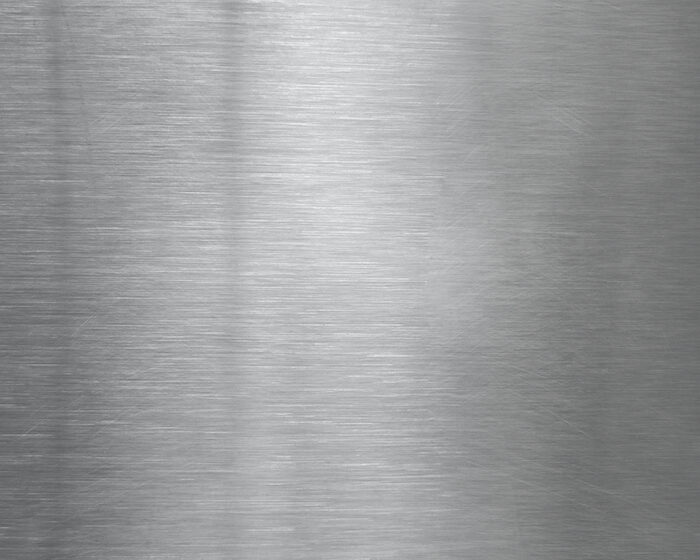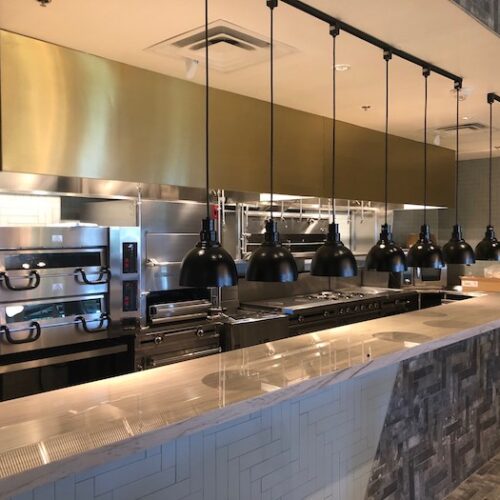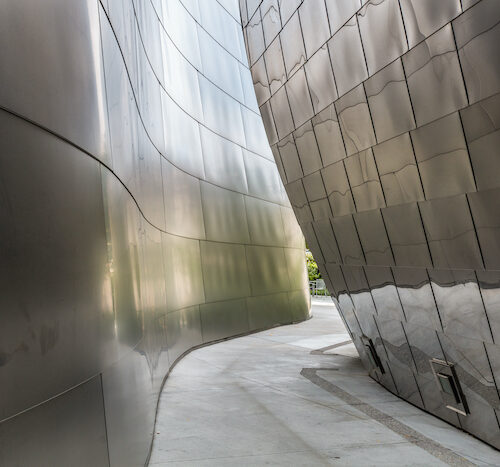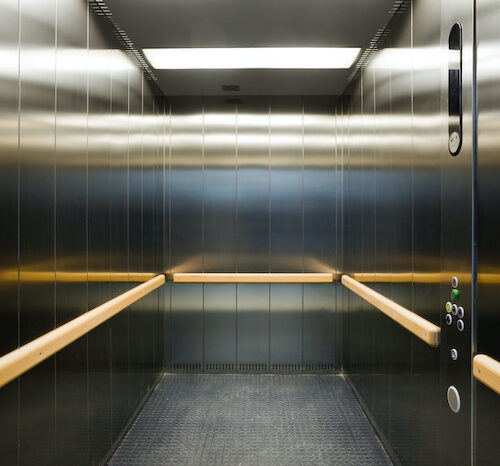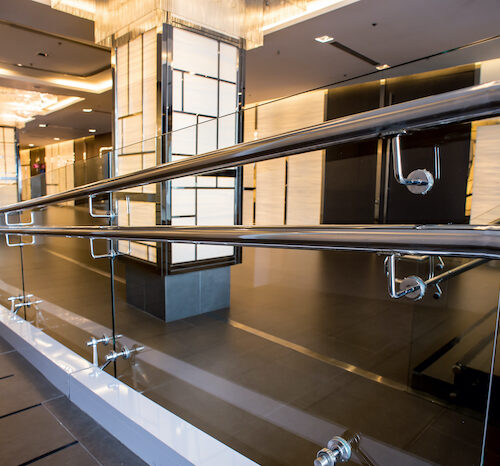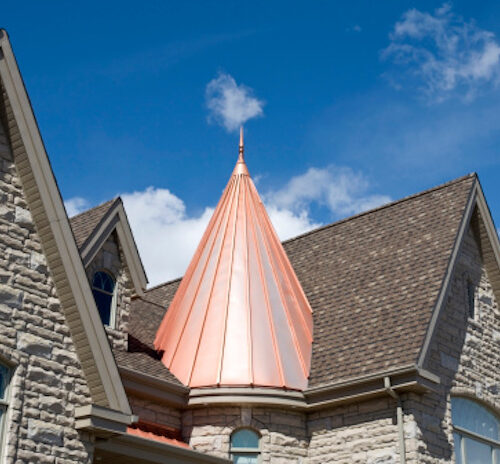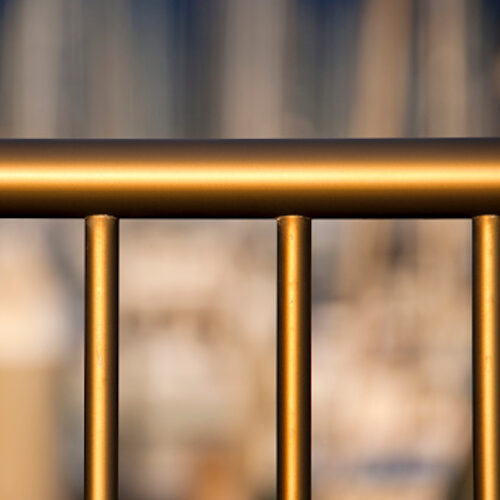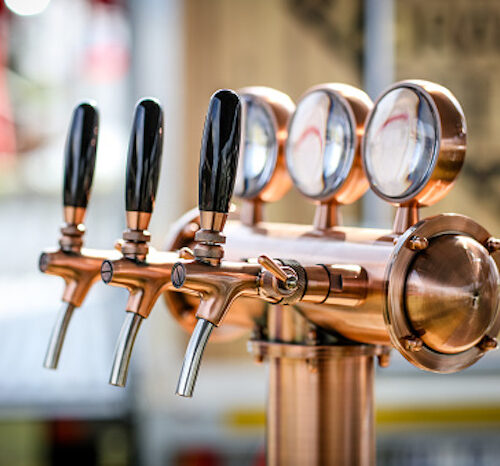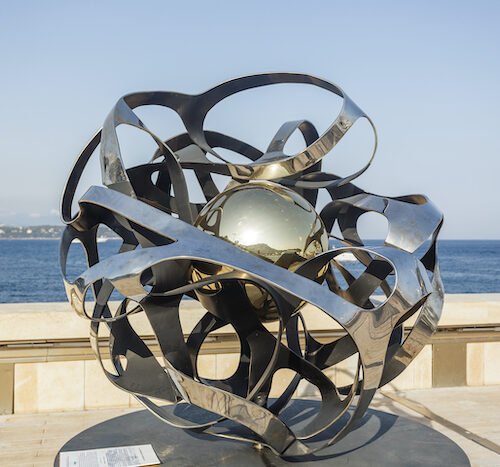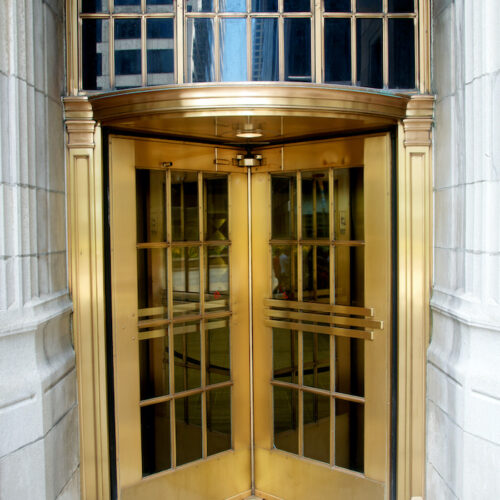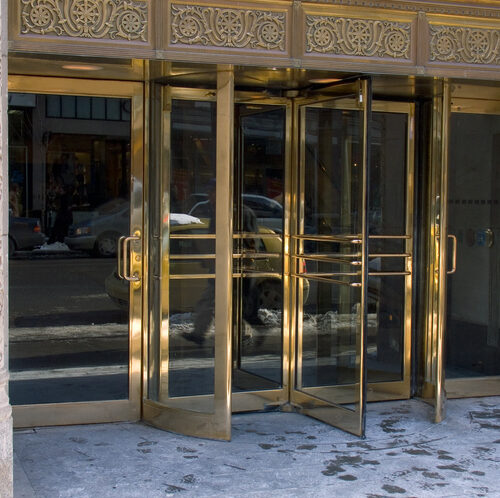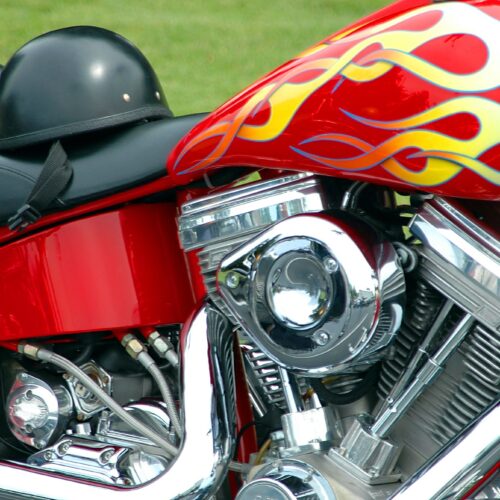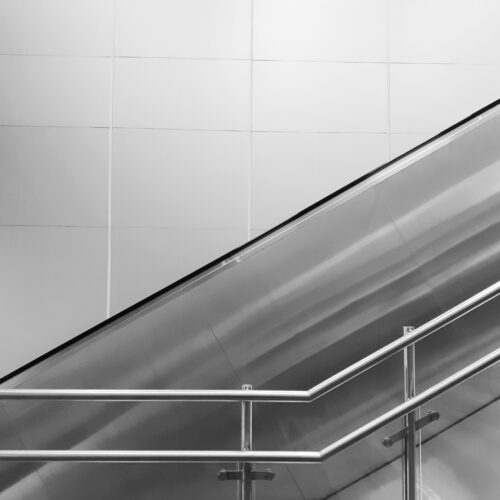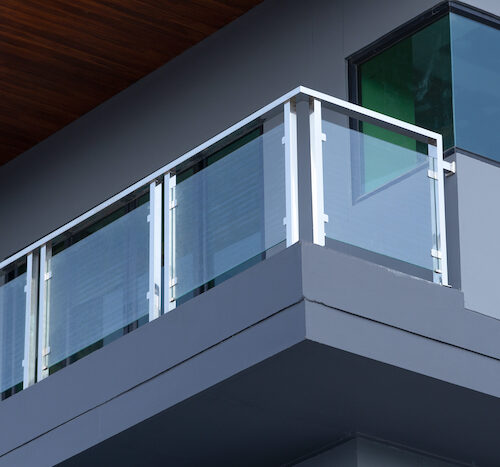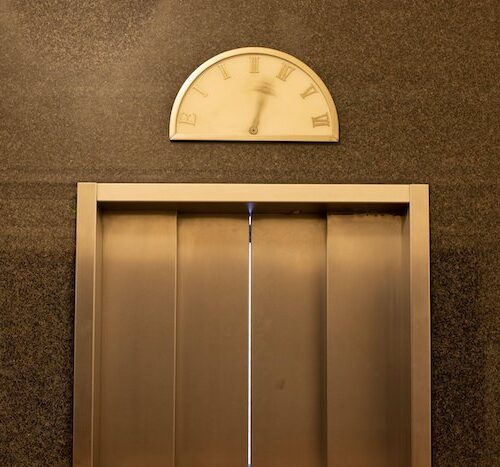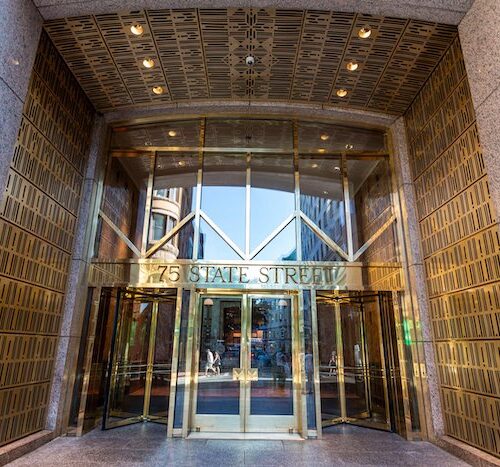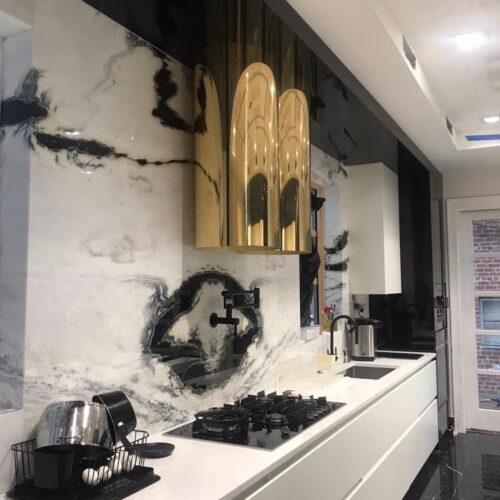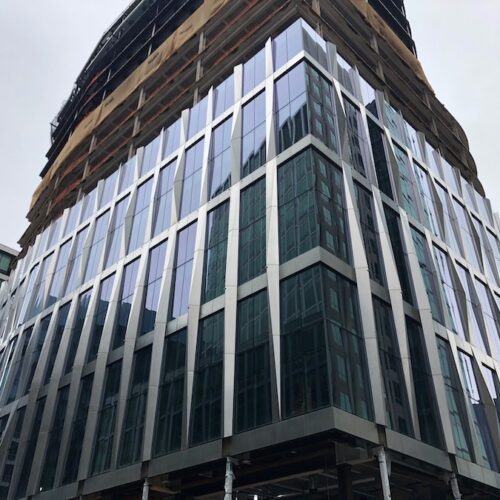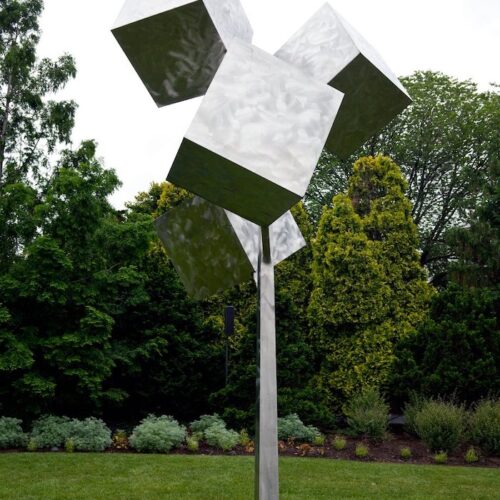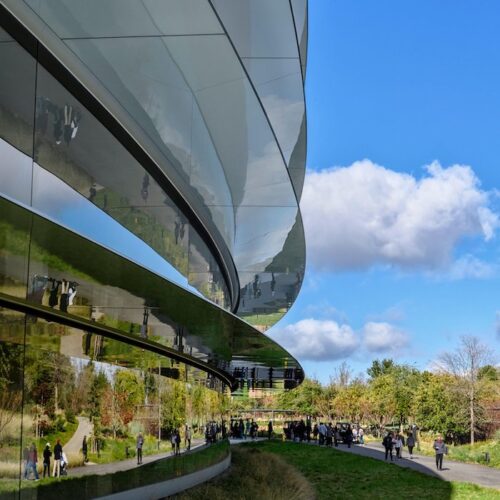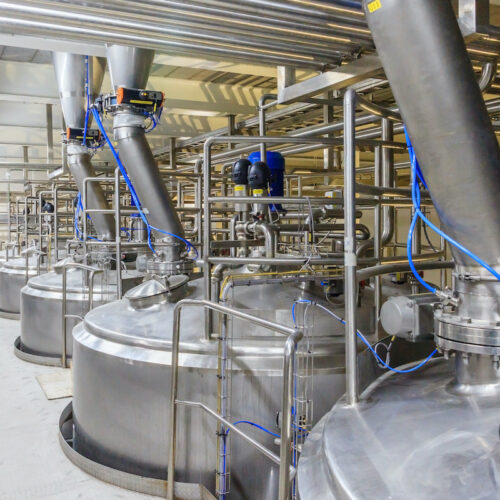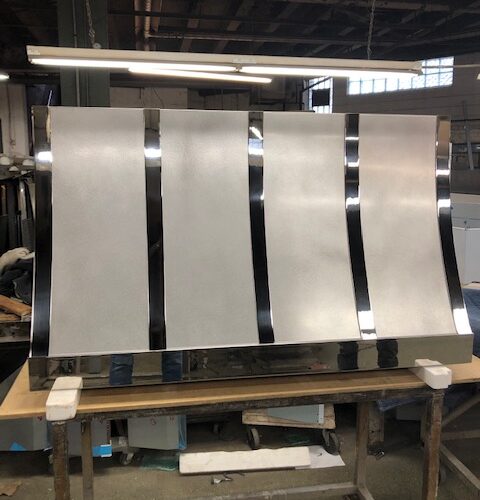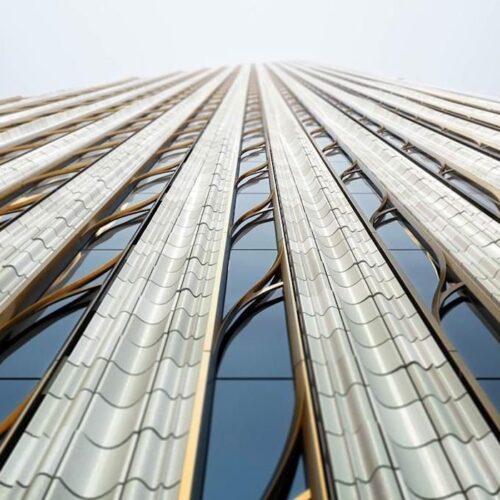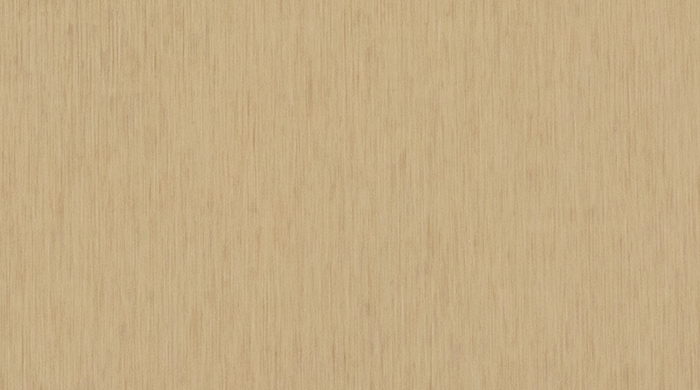
Brass
Brass, or Yellow Brass as it is often referred to, is a copper alloy composed of 70% copper and 30% zinc. It has a bright yellowish or light gold color, and polished brass is commonly used in the hardware industry and interior design, as well as the architectural community. Most frequently, brass is used as sheet metal or plates, but it can also be formed to a variety of shapes. Click here for available sheet sizes.
Brass Composition
Brass can have several other chemical compositions depending on the specific form. For example, Free Cutting Brass is an easily machinable grade commonly available in round, square, and rectangular bars. Free Cutting Brass has a nominal composition of 61% copper and 35% zinc, with the remainder being lead and iron. The lead gives it superior machinability.
There are several different compositions of Brass available for tubular shapes, both with and without lead. Feel free to give us a call or submit a contact form to discuss further.
What Industries Use Polished Brass Products?
Polished brass is highly favored as a finished metal for its aesthetic appeal. The light gold or yellow color is relatively unique compared to other types of metals and provides a specific look that cannot be easily replicated using other types of metal. For these reasons, polished brass is commonly used in architecture design projects, both in sheet metal and plate form for exterior cladding, or as tubes, bars, and other shapes for decorative accents, such as railings. Brass is also fairly common for elevator interiors, doorways, and panels, as well as for accents on escalators.
In addition, brass also provides excellent corrosion resistance. This has been recognized for hundreds of years, and the use of brass dates all the way back to Roman times. Today, it is still the metal of choice for hardware products where corrosion is especially critical. Polished brass products are commonly seen in the hardware industry for door hinges, locks, gears, bearings, and particularly for visible metal plumbing products, such as faucets, handles, and valves.
Cleaning Polished Brass
Dirt, grime, fingerprints, and slight traces of oxidation can be removed using a solution made up of 50% lacquer thinners and 50% water. Be sure to clean panels of polished brass only with the direction of the grain, never against the grain. You will need to use a lint-free cloth to clean brass sheet metal, then rinse the panel using clean water, and wipe with a dry lint-free cloth to dry.
Why Choose Polished Metals?
Polished Metals has provided in-house metal finishing and polishing services for more than 40 years. We provide consistent quality on all metal types, finishes, and products, including high-quality polished brass products serving a broad range of use cases. Thanks to our 50,000 square foot facility, we have the space to process high-volume orders common for brass sheet metal used in architectural and other large projects. With our decades of experience, we can meet strict deadlines and rigid specifications each and every time.
In addition to our wide range of polished brass finishes and products, we also provide custom metal finishing, and we can often match samples provided to our team. If you have questions about custom brass finishing, please reach out to our team!

